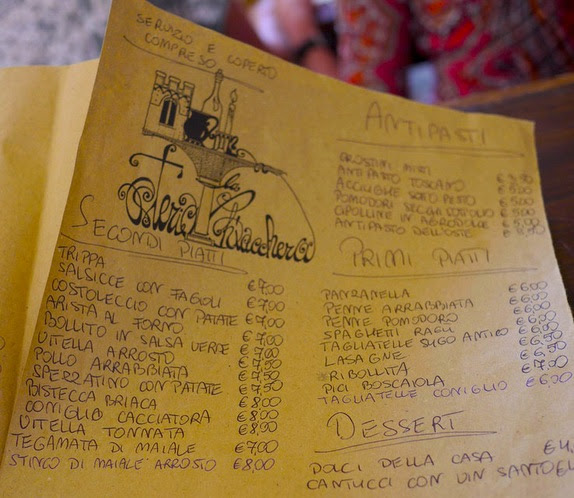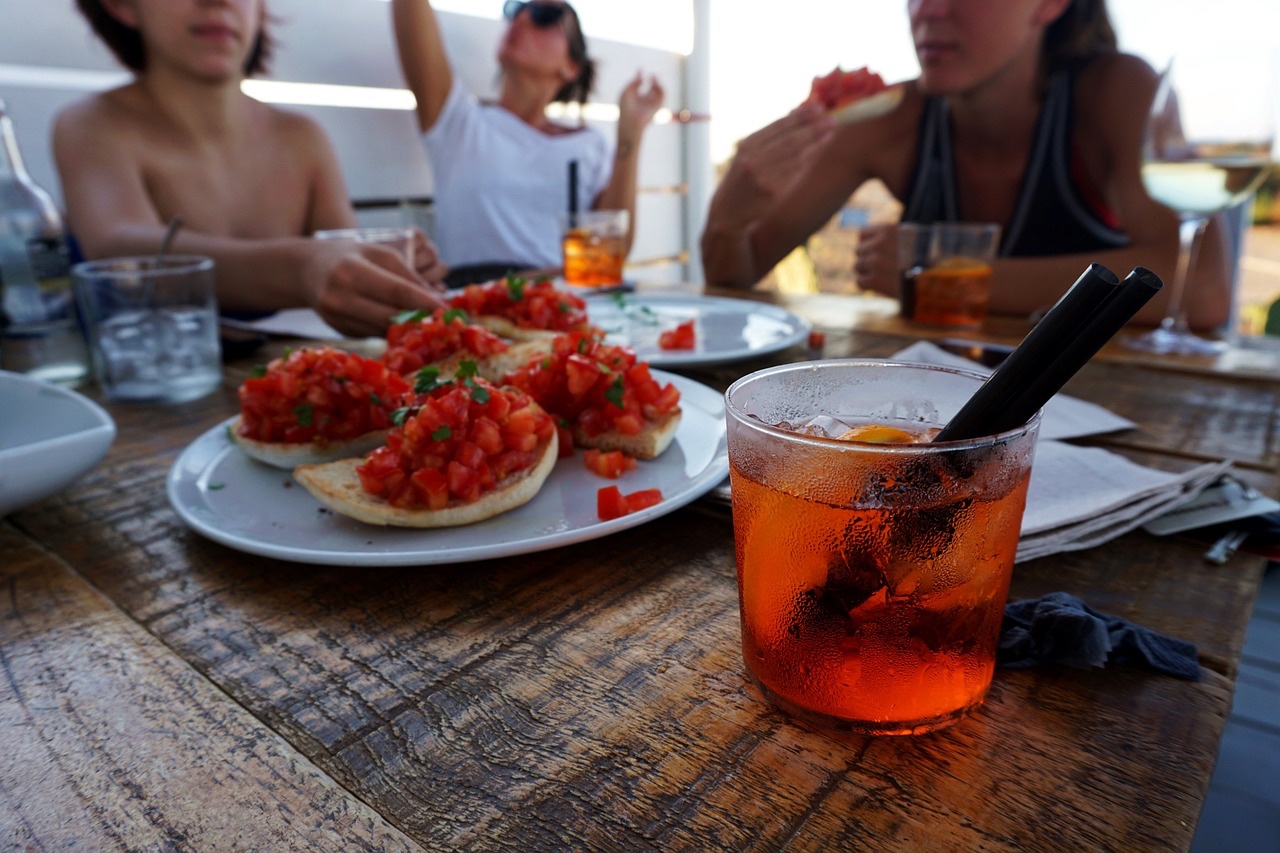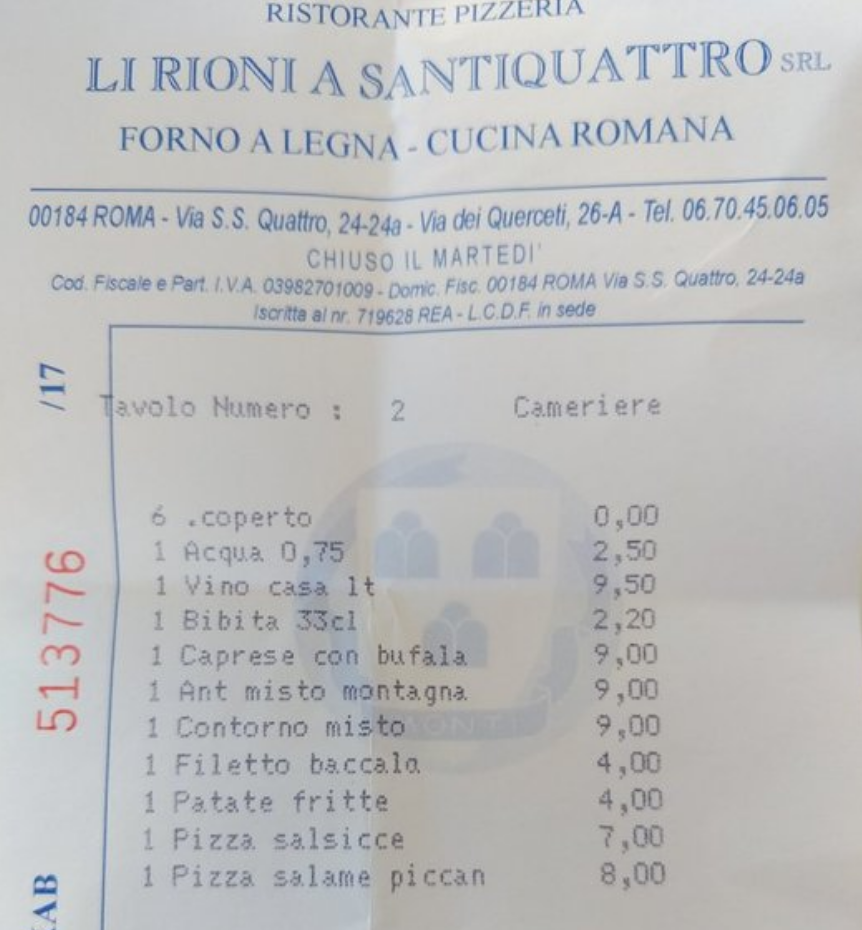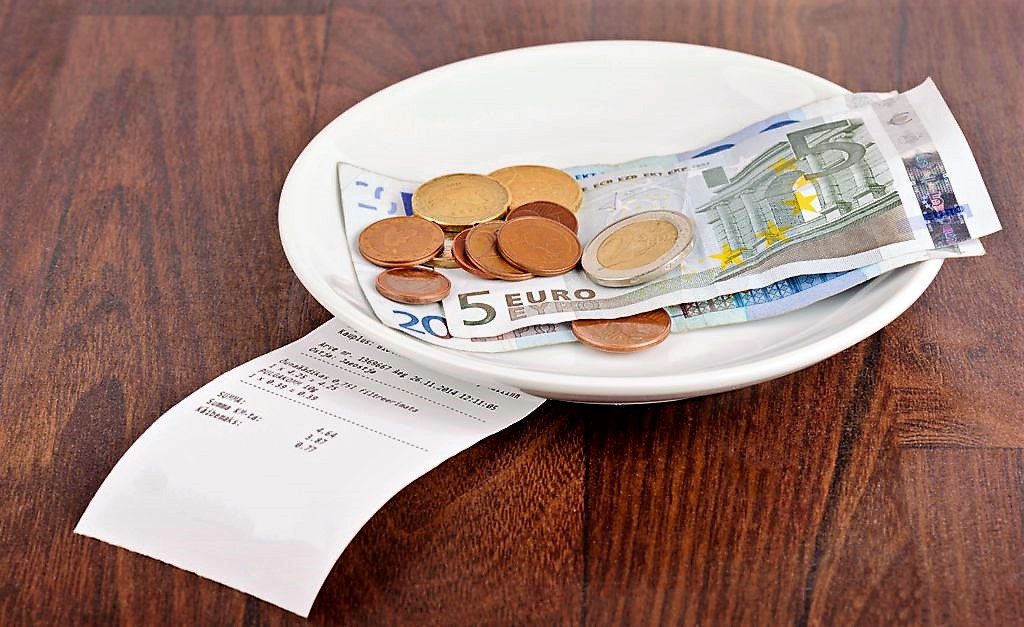How to Order Food in Italy – Travel Tips for Dining Out
Food in Italy is delizioso – whether we’re talking tasty tajarin pasta in Turin, rich risotto in Milan or the best gelato in Florence. But, when considering where to travel in Italy, it can be downright confusing knowing how to order food in Italy.
Restaurant rules in Italy and Italian food are not the same as in the US. So, when you travel to Italy, how do you order food in an Italian restaurant? Below you’ll find an overview of the differences between dining out in Italy and in America:
What Is on a Typical Italian Restaurant Menu?
Understanding a typical Italian menu can be hard—if you didn’t grow up in Rome, Italy. So, what is on a typical Italian restaurant menu? How is the meal served? What do the different Italian courses — like antipasto and secondo — mean?
A traditional Italian menu is served in staggered, separate courses. Traditional Italian meal courses include—
Italian dinner courses explained:
-
- Antipasti (appetizers)
- Primi (first courses—such as pasta or risotto)
- Secondi (second courses—typically meat or seafood)
- Contorni (side dishes)
- Dolci (desserts)
- Caffe (post-dinner espresso)
- Digestivi (after-dinner liqueurs)
Understanding the Difference Between How Italians and Americans Eat Dinner
If you’re used to eating in American restaurants, you may be accustomed to the entrée and the sides being served together on the same plate. It’s normal for a main dish — like steak or chicken – to arrive with vegetable or rice companions. Not so in Italy.
Added up, the traditional Italian meal – spanning antipasti (appetizers), primo (pasta or risotto), secondo (meat or fish entrée), contorni (sides), and dolce (sweets) make for a whole lot of cibo (food). Thankfully, you’re not obliged to order every course at a restaurant in Italy. For instance, you may just want an antipasto and pasta dish—without ordering a steak or fish entree, too.
Do I Need to Order Every Course at an Italian Restaurant
You don’t have to order each course when you dine out in Italy. It’s customary to start with an antipasto and then select either a pasta or a meat dish. Portion sizes tend to be smaller in Italy.
So if you’re feeling extra peckish after walking the streets of Positano, you can go ahead and order both a primo and a secondo. They will be served in that order, not at the same time. After dinner, Italians often enjoy a caffe (espresso) or digestivi—liqueurs, like Sambuca or limoncello, which are said to aid digestion.
Italian food rule to live by:
Order only the courses you want at a restaurant in Italy. Even Italians don’t usually order every course on an Italian restaurant menu.
Explaining Bars in Italy: More than Italian Wine and Cocktails!
Bars in North America serve beer. So, what do bars in Italy serve? Here are some things that Italian bars and cafes serve:
- Espresso (aka “un caffé in Italian)
- Cappuccino
- Italian breakfast pastries
- Panini (hot or cold sandwiches)
- Antipasti
- Pasta dishes
- Alcohol
Ubiquitous in towns big and small, the “bar” in Italy is a social hub. In the morning, you’ll see neighbors exchanging pleasantries here over a hot cornetto (croissant) or reading the daily paper.
While it’s true that bars in Italy do serve alcohol, Italians bars are more where Italians go for a quick caffe or on-the-go bite. They’re also Italians’go-to breakfast joints. Most food and drinks are served at the banco (counter) here, where guests can nibble or sip standing up. If you prefer to sit down, know that you will often pay extra for table service.
Italian food rule to live by:
If you order a “coffee” at a bar in Italy, you’ll likely get an espresso. American-style coffee, which contains more water than its Italian cousin, is called “caffe americano.”
Understanding What Italian Aperitivo Means
Aperitivo is one of Italians’ most beloved early-evening traditions. Often called Italy’s version of the “happy hour,” aperitivo is more bread than booze, more pasta than pinot noir.
For the price of a drink, you can chow down on an all-you-can-eat banquet of tasty tidbits – from saucy pastas to fresh mozzarella, from crunchy crostini to shaved prosciutto. All you have to do is buy one drink.
Italian food rule to live by:
Ask your hotel concierge where to find the best aperitivo to enjoy a smorgasbord of savory Italian bites before dinner.
Grasping the Difference Between Osteria, Trattoria and Ristorante
Whether you’re strolling the streets of Sorrento or roving the roads of Rome, you’re guaranteed to spot signs for various Italian eateries. So, what’s the difference in Italy between a trattoria, a ristorante and and osteria?:
- Trattoria (casual local eatery)
- Ristorante (full-service restaurant)
- Osteria (simple Italian dishes and wine)
Traditionally, an Italian trattoria is a family-owned, neighborhood eatery. They tend to feel informal and cozy. An Italian ristorante, generally, is full-service restaurant; they’re more formal and will have a host seat you. It’s common to find a prix fixe menu and sommelier at higher-end ristoranti.
In the past, the Italian osteria functioned more like an inn than a restaurant – serving wine and simple dishes made with what’s available daily in the markets. Conventionally, the osteria is a modest eating establishment with plenty of wine. That said, osteria is often just another way of saying restaurant in Italy nowadays.
Italian food rule to live by:
Today, the distinctions between these three categories are less strict. Ask to see the menu before sitting down to see if the dishes (and pricing) match what you’re hungry for as a traveler to Italy.
How Is Italian Food in Italy Different from Italian Food in the US?
American travelers often feel puzzled when their favorite “Italian” dish in the U.S. – say, spaghetti and meatballs or chicken parmesan – is nowhere to be found in Italy. Why is this? Doesn’t Italian food come from, well, Italy? The answer is yes… and no. Simply put, Italian-American food is not the same as what you’ll find in the best restaurants in Italy.
Italian food rule to live by:
That cuisine evolved in the US, reflecting the tastes of many Italian immigrants — who usually came from Southern Italy. Additionally, there’s really no such thing as “Italian” food. Dishes in Italy are very regional. What you relish in Rome isn’t what you’ll mangiare in Milan
Ask your Italian waiter to recommend a regional Italian specialty. This way, you’ll be sure to savor a local Italian food ((and not a dish they’re making just to match tourists’ expectations)).
Ordering Water in Italian Restaurants: Frizzante or Flat?
Unlike in North America, water in Italian restaurants is not customarily poured in your glass by waiters. Instead, you’re expected to buy a 1-liter bottle of chilled mineral water. You can order either acqua naturale (flat water) or acqua frizzante (sparkling water).
Waiters in Italian restaurants will sometimes ask if you want water “with or without gas”—translation: sparkling or flat? It’s worth remembering too that Italians do not usually drink water with ice, so your bottle will come pre-chilled. Tap water, while free, is served without ice and will be lukewarm.
Italian food rule to live by:
Are you feeling fizzy or flat? There’s no right answer here – pick your personal preference.
What Is the “Coperto” Charge on an Italian Restaurant Bill?
When deciding where to eat out in Italy, you might notice a small fee called “il coperto” or cover charge listed on restaurants in Italy’s menus. The coperto is usually a couple of euros per-person and will be added on top of the cost of food. This small fee often covers management expenses, bread and tap water (should you ask for it).
Some areas, like Rome and Lazio, have banned this practice but it remains common elsewhere in Italy. Keep in mind that the coperto tends to be pricier if you’re in a particularly touristy part of town — say, in St. Mark’s Square in Venice or next to the Colosseum in Rome.
Italian food rule to live by:
Italian restaurants operate by different dining rules in Italy. Paying the coperto in Italy is the cost of a leisurely meal, where the waiter will never rush you out.
Do I Need to Ask for the Bill at a Restaurant in Italy?
Yes, when dining at a restaurant in Italy, you do need to ask for the bill (il conto)!
Italians love slow meals shared with friends and family – feasts that roll on for hours and hours. So, the concept of “loitering” is as foreign to Italian waiters as the idea of paying a cover charge for a restaurant is to Americans.
The waitstaff will assume you’re happily dining with your loved ones and aren’t ready for your bill until you ask for il conto. Italian waiters aren’t ignoring you. They’re not being rude. They’re simply waiting for you to tell them you’re ready to pay. How do you ask for the restaurant bill in Italy? You simply flag down your server and politely say: “Il conto per favore!” (the check please).
Italian food rule to live by:
Don’t wait for an Italian waiter to bring you your bill. You need to ask for it when you’re ready.
Do I Need to Tip the Waiter in Italy?
Knowing when to tip in Italy can be quite confusing. As a rule, waiters in Italy are paid more than their American counterparts. They don’t rely on tips to make ends meet. As a result, Italians do not tip as generously as Americans.
In recognition of exceptional service, it’s customary to leave about 1 euro per diner as a way of saying grazie. Some restaurants will already include servizio (service charge) – in this case, it will be clearly listed on the menu. ((Higher-end restaurants, however, may expect a more generous tip — similar to the US)).
Italian food rule to live by:
You don’t need to leave the 15-20% you’re used to in the U.S. If the service was fabulous, be generous (10% is a-okay). If the service was mediocre, you’re fine leaving a few euros on the table.
Buon appetito!
For more expert tips on Italy travel, click the button below to discover 9 crowd-free Italian experiences:
Go back












